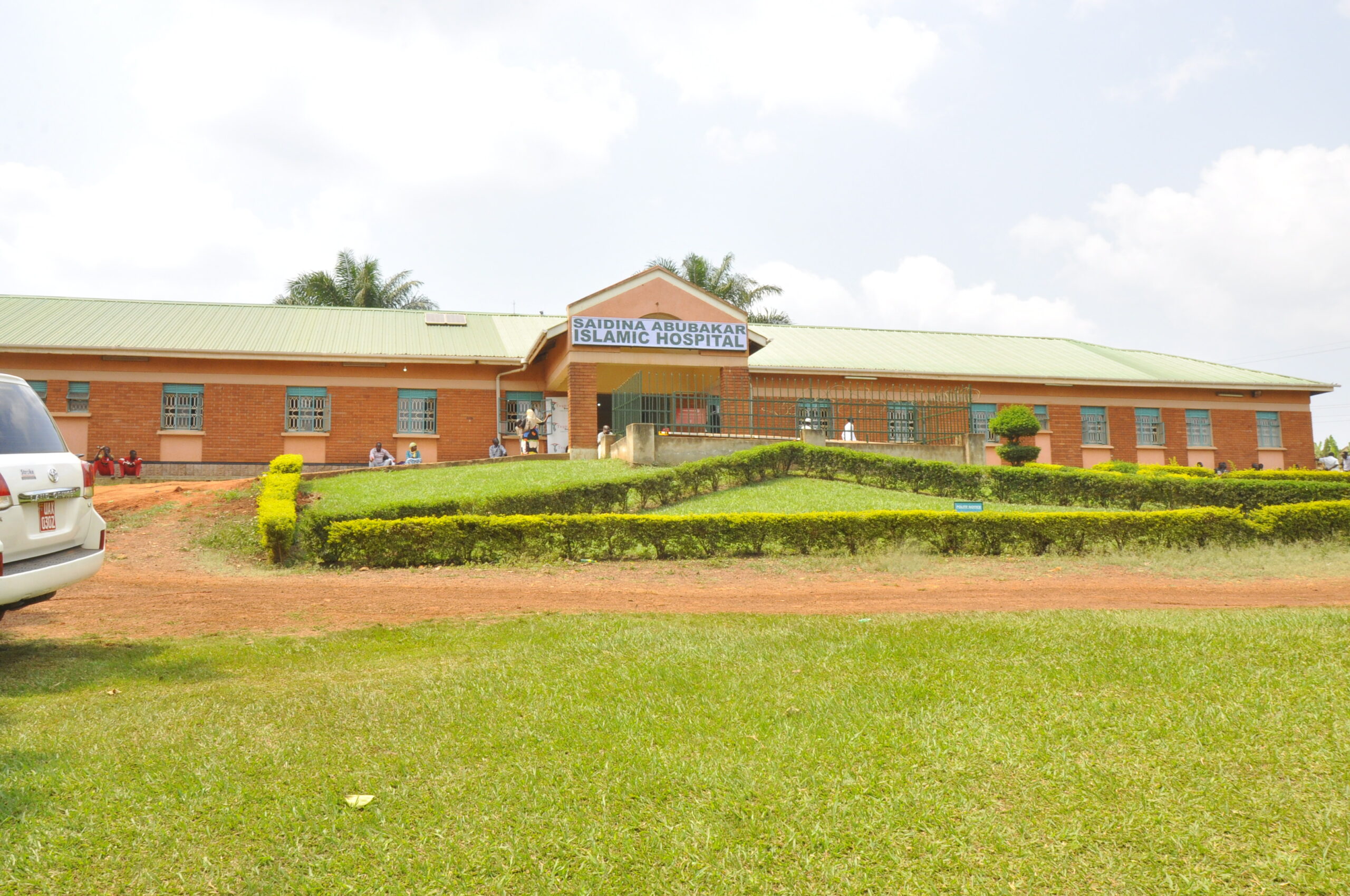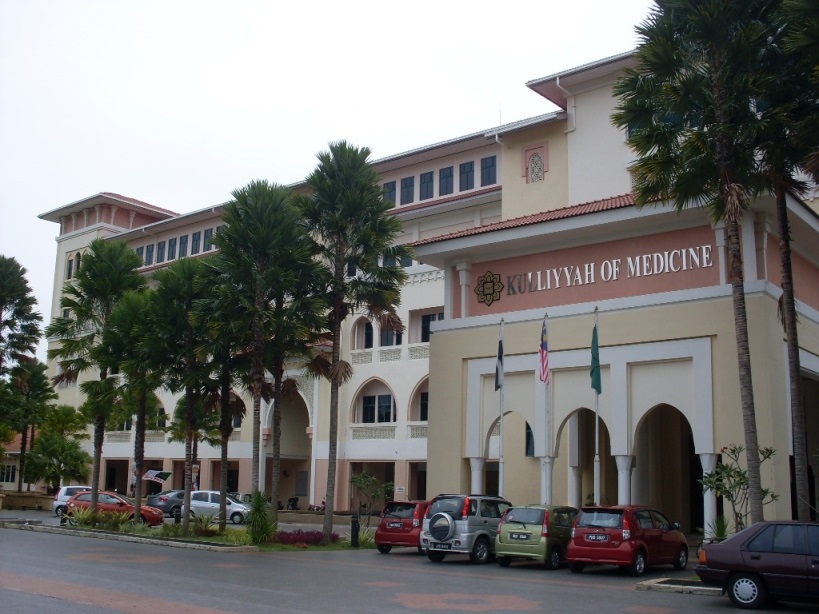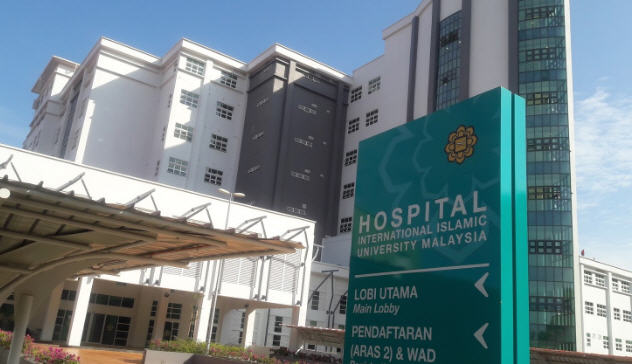Presentation at a Workshop held in Indonesia on November 16, 2024. By Professor Omar Hasan Kasule Sr. MB ChB (MUK). MPH (Harvard), DrPH (Harvard)
The Motivation
of Integration:
- Islam is not a state of being but action to improve and get better towards the pleasure of Allah. This means that all human endeavors including medicine require integration of Islamic values to get better.
- Integration is infusing the moral teachings of Islam deriving from the ‘aqiidat and the practical regulations of the shari’at into medicine.
- Integration is not parochializing medicine or creating medicine for Muslims only. It is universalization of medicine because Islamic values are universal.
- This universality though obvious is misunderstood or distorted by Muslims and non-Muslims.
- A lot has been achieved in the endeavor of Integrating medicine over the past endeavor over the past half century as will be explained below but a lot remains to be done.
Historical
Developments Pre-1980:
- The concept of Islam in medicine was not crystallized at this period. There was however a general interest in relating Islam to medicine as part of the general Islamic awakening that was taking place.
- Islamic medical associations were formed to bring Muslim physicians together for example the Islamic Medical Association of the US and Canada was formed in 1967 to be followed by others in other countries.
- Once the physicians got together, they started asking themselves the ultimate questions: who are we? What is our mission? What is our origin and what is future? These questions drew them closer to integration of Islam in their profession but the nature of the integration was not clear.
Historical
Developments Pre-1980 – con’t.:
- Some looked at IMA as a normal medical association with Muslim members and thus drew criticism from the general medical associations for isolating themselves from the main body.
- Some looked at IMA as a forum for providing help and support to students and young physicians.
- Some looked at IMA as a forum for medical and relief programs for Muslim communities suffering from effects of poverty or social instability.
Historical
Developments 1980-1995:
- During this period developments occurred in medical relief, medical education, and defining Islamic medicine. More IMAs were formed at national and local levels. Medical relief efforts of IMAs became more extensive and sophisticated with major activities in the US, Pakistan, and South Africa.
- The budgets and coverage of these programs grew bigger with coverage of more regions all over the world.
- The IMAs of different countries started working together in networks and eventually formed the Federation of Islamic Medical Associations (FIMA).
- At the same time interest in the religious education of future physicians picked up with some faculties of medicine such as YARSI in Jakarta and AZHAR in Cairo prescribing an Islamic religious education curriculum.
Historical
Developments 1980-1995 – con’t.:
- This was accompanied by a general return to religious practice and religious propagation among youths in universities and physicians in hospitals.
- Following 2 international conferences in Kuwait in 1981 and 1982 the concept of Islamic medicine as traditional Muslim medicine evolved and excited many people.
- Traditional Muslim medical practices were survivors of the medicine practiced in the first centuries of hijra. It was a mixture of Prophetic medicine (tibb Nabawi), traditional herbal medicine, and Greek medicine (tibb Yunani). It was preserved and was developed to a high level of sophistication in India and Pakistan.
- There were frustrations with the paradigm of traditional medicine being the representative of Islamic medicine especially in view of incompatibility with scientific medicine.
Definition of
Islamic Medicine in 1995:
- A seminar on medicine organized by the Islamic Medical Association of Malaysia in July 1995 discussed the issue of what is Islamic medicine.
- Muslim physicians in Malaysia at that time were going through turbulent arguments with practitioners of traditional medicine who were convincing many patients not to go to hospitals (non-Islamic medicine) but to seek medical care from them.
- This had resulted in disease diagnosis being delayed and a solution was needed.
- A paper presented at that conference offered a definition of Islamic medicine and part of its abstract is reproduced here.
Definition of
Islamic Medicine in 1995 – con’t.:
- Islamic Medicine is defined as Medicine whose basic paradigms, concepts, values, and procedures conform to or to do not contradict the Qur'an and Sunnah.
- It is not specific medical procedures or therapeutic agents used at a particular place or a particular time.
- Islamic medicine is universal, all - embracing, flexible, and allows for growth and development of various methods of investigating and treating diseases within the frame-work described above.
- This definition calls for basic transformation of medical systems. Islamic medicine thus becomes the result of an Islamic critique and reformulation of the basic paradigms, research methodology, teaching, and practice of medicine. This process of conceptual transformation, also called Islamization of medicine, is described in detail in the paper[1].
Historical
Developments after 1995:
- This period witnessed establishment of many Islamic hospitals and polyclinics in Muslim-majority and Muslim-minority countries. The main motivation was practicing medicine from an Islamic perspective.
- The challenge was that the Islamization paradigm was still in its infancy and they did not want to wait and decided to move ahead and solve problems as they appeared.
- The first step was to make hospitals ibadah-friendly.
- This was followed by developing standard operating procedures and criteria based on the shari’at. These were recognized officially and the hospitals started designating themselves as shari’at compliant hospitals.
- These hospitals experienced severe financial problems at the start because they were small but as they became more popular and attracted more clients they improved their financial situation.
Historical
Developments after 1995 – con’t. 1:
- In this period medical education from an Islamic perspective became a reality as faculties changed their curricula to reflect Islamic values.
- Focus was on two areas: medical fiqh (al fiqh al tibbi) and medical ethics.
- Medical fiqh dealt with the impact of disease on regulations of taharat, ibaadat.
- At a later stage regulation of munakahaat and mu’amalaat were covered.
- Existing fiqh rulings or new ijtihad by the jurists solved these problems by qiyas and ijma and physicians and patients would be satisfied.
Historical
Developments after 1995 – con’t. 2:
- Developments in medical ethics in teaching and practice were more complex because medical technology created new dilemmas that could not be solved purely by fiqh because they had a moral dimension.
- The first was organ donation and organ transplantation.
- This was followed by assisted reproduction such as in vitro fertilization that developed tangential issues of ovum and sperm donation, surrogate motherhood, and disposal of excess fertilized embryos.
Historical
Developments after 1995 – con’t. 3:
- Advanced life support technology created issues of deciding to withhold/withdraw life support and how to use brain death as a criterion of death.
- In the genetic area issues arose regarding gene therapy and genetic engineering. These issues could not be resolved using traditional fiqh and recourse was to new tools.
- Starting in
2004 the theory of maqasid al shari’at emerged as the main guide in the
area of medical ethics.[2,3]
Islamic
Hospital Amman, Jordan:
Islamic
Specialist Hospital Kuala Lumpur:
Islamic
Hospital Bandung:
Saidina
Abubakar Islamic Hospital Uganda:
International
Islamic Hospital Yogyakarta:
Organizations
of Islamic Medicine:
- Local Islamic Medical Associations (IMAs)
- Federation of Islamic Medical Associations (FIMA)
- Islamic Hospitals Consortium (IHC)
- Consortium of Islamic Medical Colleges (CIMCO)
Kulliyyah of
Medicine Kuantan Malaysia:
IIUM Medical
Centre:
The Future:
- Genetic engineering, new reproductive technologies, and gene therapy are producing new ethical dilemmas that will require solutions. Traditional fiqh rulings will not be able to resolve these new challenges and ijtihad based on maqaasid (ijtihad maqaasidi) will have to be used extensively.
- Medical care is a big business. Islamic hospitals must think about Islamizing their business models following fiqh and mua’amalaat. They will need to develop new models of financing health care most likely developing takaful insurance.
- The area of pharmaceutical research and distribution of pharmaceutical has many ethical challengers that will require Islamic solutions.
Overview of
Integration:
- Integration of Islamic values into medical education, training, and practice is a pre-requisite for quality healthcare in Muslim communities.
- No community or civilization can succeed without basing its development on its own values.
- We can now see the fruits of efforts integration starting in Malaysia more than 20 years ago.
- Integrated medicine is being taught to doctors and nursing and we have several Islamic or shari’at compliant hospitals.
- We are looking forward to integrated healthcare systems including health insurance, integrated research, and an integrated pharmaceutical industry.
- Integration of Islamic values in the medical faculty ensures integration of those values in the hospitals by future doctors.
5 Components
of Integration:
- Conceptually we need to teach the Islamic concepts of life, death, disease/illness, and treatment.
- We then need to teach basic medical sciences as evidence of the well-coordinated and well-proportioned perfect creation by Allah and that life processes follow the physical laws (sunan Allah) that the creator set.
- After that we need to teach the Islamic ethical and fiqh aspects of diagnosing, preventing, and treating disease.
- After that we need to teach the Islamic concepts of a health and balanced family and community and how dysfunctions are the root causes of many human diseases.
- The future of integrated medicine is very bright not only for Muslims but for the whole humanity because Islamic values are universal and not parochial. It must also be understood that integration is putting values in scientific medicine and not inventing a new type of medicine.
Tauhid is the Basis for Integration:
- Tauhid is the basic paradigm of Islamic thought (fikr), civilization (hadharat) and knowledge (ma’arifat).
- There is one Creator (tauhid al rubuubiyyat) for the whole universe therefore everything living or non-living and every phenomenon must have meaningful integration with everything else because the source is the same.
- We will focus on integration of Islamic values (qiyam islamiyyat) in medicine in the knowledge that there are other forms of integration.
- Integration of Islamic values into medical education, training, and practice is a pre-requisite for quality healthcare in Muslim communities. No community or civilization can succeed without basing its development on its own values.
Problem with
the Current Community Health Curriculum:
- Community health starts with community diagnosis followed by programs that deal with the obvious and external manifestations of the problem.
- Community health should be more about establishing the normal and not diagnosing and dealing with the abnormal.
- We need to remove root causes of addiction by strengthening community institutions before treating addiction.
A New
Approach To Teaching Community Health: Family institution:
- Gender: each gender has competencies that the other lacks leading to a strong pair.
- Family as a Natural Social Unit: the family must be preserved as the basic unit of society.
- Marriage: start of family formation.
- Parents and Relatives: are part of the extended family support system.
- Children: The next generation.
A New
Approach To Teaching Community Health: Community institution:
- Masjid
- Ukhuwwat
- Takaful
- Shuura
- Maal (economic system)
A New
Approach To Teaching Community Health: Community problems:
- Life-Style
- Sexual Perversions
- Addiction
- Poverty
- Violence
A New
Approach To Teaching Community Health: Community actions:
- Dawa
- Enjoining the good and forbidding the bad, amr & nahy
- Social change, taghyiir ijtima’e
NOTES:
- https://omarkasule-tib.blogspot.com/2011/05/950709p-islamic-medicine-concept.html
- https://omarkasule-tib.blogspot.com/2011/05/040717p-medical-ethics-from-maqasid-al.html
- https://omarkasule-tib.blogspot.com/2011/05/040717p-ethics-and-etiquette-of-human.html






